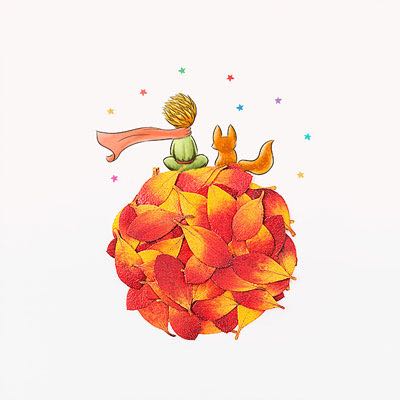2023考研英语一/二 大纲词汇变化详细释义
ascribe | əˈskrʌɪb| vt. 把…归因于
benevolent |bɪˈnɛvələnt| a. 仁慈的;善意的;和蔼的
broker | ˈbrəʊkə| n. 代理人;股票经纪人
buffer |ˈbʌfə| n. 缓冲物;减震器;老顽固
choir | ˈkwʌɪə| n. 唱诗班;合唱团
chunk |tʃʌŋk| n. 大块;相当大的量
custody |ˈkʌstədi| n. 拘留;监禁;保管
decree |dɪˈkriː| n. 法令;裁定;vt. 颁布;裁决
discharge |dɪsˈtʃɑːdʒ| n./vt. 允许出院,退伍;解雇,解散;排放;清偿;履行;卸下;vi. 流出,放电
eradicate | ɪˈradɪkeɪt| vt. 根除;扫除
hybrid |ˈhʌɪbrɪd| n. 杂交物;混合物;a. 混合的
landscape | ˈlan(d)skeɪp| n. 地貌;风景画
pottery | ˈpɒt(ə)ri| n. 陶器;陶器厂;制陶手艺,制陶行业
predator | ˈprɛdət(ə)ri| a. 捕食性的;掠夺成形的
strand |strand| vt. 使…搁浅;使…受困,滞留;n. 海滨,湖岸;n. 股;缕;串
2023考研大纲写作新增样题小作文(英语一)
Section III Writing
Part A
51.Directions:
Read the following post from a message board and write a note in reply.
Write your answer in about 100 words on the ANSWER SHEET.
Do not use your own name in your note; use “Li Ming” instead.
(10 points)
题目来源:高等教育出版社 2023版 英语一考试大纲(非英语专业)
2023考研大纲写作新增样题大作文A(英语一)
52.Directions:
Read the following except from an article and write an essay. In your essay, you should explain whether or to what extent you agree with the author. Support your argument with reasons and relevant examples.
Write your answer in 160-200 words on the ANSWER SHEET. (20 points)
Many of us, whatever our field of work, fear that showing uncertainty can damage our image — and we may compensate by expressing overconfidence in an attempt to win trust. But in many situations people are willing to trust those who can admit they don’t have a definitive answer. Recent studies found that communicating uncertainty and even admitting our mistakes is not harmful and can even be beneficial to trustworthiness. So, failure in “expertise” can be compensated by higher integrity and benevolence. When communicating uncertainty in a transparent way, we are perceived as less biased and willing to tell the truth.
题目来源:高等教育出版社 2023版 英语一考试大纲(非英语专业)
2023考研大纲写作新增样题大作文B(英语一)
Directions:
Write an essay based on the charts below. In your essay, you should
1)describe the charts briefly,
2)interpret the charts, and
3)give your comments.
Write your answer in 160-200 words on the ANSWER SHEET. (20 points)
题目来源:高等教育出版社 2023版 英语一考试大纲(非英语专业)
2023考研大纲写作新增样题大作文(英语二)
48.Directions:
Read the following except from an article and write an essay. In your essay, you should explain whether or to what extent you agree with the author. Support your argument with reasons and relevant examples.
Write your answer in about 150 words on the ANSWER SHEET.
(15 points)
Studies in the U.S. and the U.K. consistently show that children have lost the right to wander. This is why many of our youth turn to technology. They aren’t addicted to the computer; they’re addicted to interaction, and being around their friends. Children, and especially teenagers, don’t want to only socialize with parents and siblings; they want to play with their peers. That’s how they make sense of the world. And we’ve robbed them of that opportunity. We’re raising our children in captivity and they turn to technology to socialize, learn and relax. Why are we blaming the screens?









